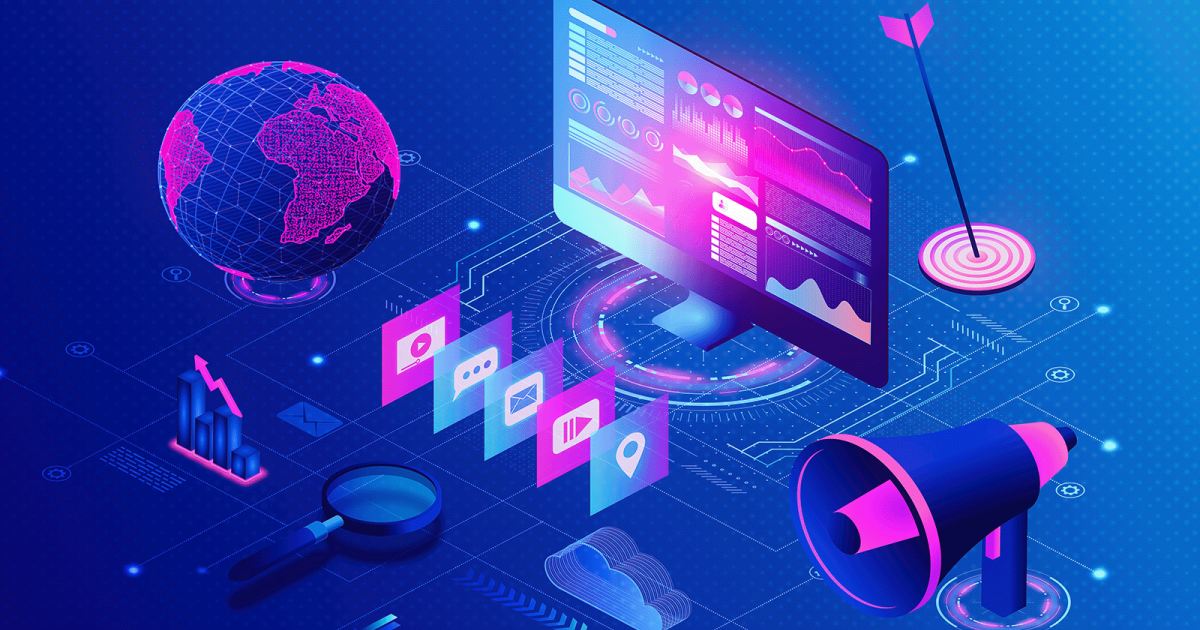In today’s dynamic digital age, marketing technology (MarTech) is constantly evolving, with new tools, trends, and innovations emerging at an unprecedented pace. To stay ahead of the curve and achieve marketing success, it’s crucial to understand the key trends shaping the industry. This blog post delves into some of the most prominent MarTech trends in 2023, equipping you with the knowledge to navigate this ever-changing landscape effectively.
1. Customer Privacy and Data Security: A Paramount Concern
Customer privacy and data security have become paramount concerns for businesses worldwide. In the wake of high-profile data breaches, consumers are increasingly vigilant about how their personal information is collected, used, and protected. Businesses are responding by prioritizing tools and technologies that safeguard customer data and adhere to stringent privacy regulations.
2. Data Integration and Normalization: Making Sense of the Data Deluge
Businesses are amassing vast amounts of data, but the challenge lies in transforming this raw information into actionable insights. Data integration and normalization tools come to the rescue, enabling businesses to organize, analyze, and harmonize data from diverse sources. This unified view empowers marketers to gain valuable insights, make informed decisions, and drive strategic marketing initiatives.
3. AI and ML: Empowering Marketing Automation with Intelligent Insights
Artificial intelligence (AI) and machine learning (ML) are revolutionizing marketing automation, automating repetitive tasks and injecting intelligent decision-making into marketing campaigns. AI algorithms analyze customer behavior, predict preferences, and personalize interactions, while ML models optimize marketing efforts for maximum impact.
4. Chatbots: Conversational AI at Your Service
Chatbots are evolving from rudimentary interactions to becoming sophisticated conversational AI assistants. Businesses are embracing chatbots to provide 24/7 customer service, answer frequently asked questions, generate leads, and enhance overall customer experiences. Chatbots can handle a wide range of inquiries, freeing up human agents to focus on complex issues and build deeper customer relationships.
5. Mobile-First Approach: A World at Your Fingertips
With mobile devices becoming the primary means of internet access, a mobile-first approach is essential for businesses to stay connected with their target audience. Mobile-friendly websites, engaging apps, and tailored mobile marketing campaigns are crucial to capture the attention of mobile-savvy consumers.
6. Hyper-Personalized Marketing: The Art of Tailored Experiences
Consumers crave personalized experiences, and businesses are leveraging data to deliver them effectively. Hyper-personalized marketing involves using data to create targeted campaigns that resonate with individual customers’ preferences, interests, and purchase history. This data-driven approach fosters stronger customer connections and drives engagement.
7. Influencer Marketing: Harnessing the Power of Credibility
Influencer marketing has emerged as a powerful tool to reach new audiences and build brand credibility. Businesses are partnering with influential individuals in their respective fields to promote products, services, and brand messages. Influencers can leverage their established relationships with followers to generate buzz, drive traffic, and influence purchasing decisions.
8. Predictive Analytics: Forecasting the Future of Customer Behavior
Predictive analytics is empowering businesses to anticipate customer behavior and proactively address potential issues. By analyzing historical data and identifying patterns, businesses can predict customer churn, product preferences, and future purchasing trends. This predictive power enables businesses to tailor marketing strategies, optimize product development, and enhance customer satisfaction.
9. MarTech Stack Consolidation: Simplifying the Tech Landscape
Businesses are increasingly seeking to consolidate their MarTech stacks, reducing the complexity of managing a multitude of tools. By integrating complementary tools and eliminating redundant ones, businesses can streamline operations, improve efficiency, and focus on achieving their marketing goals more effectively.
10. Customer Data Platforms (CDPs): The Central Hub of Customer Insights
Customer data platforms (CDPs) are emerging as central repositories for unifying and managing customer data from diverse sources. CDPs provide a holistic view of the customer, enabling businesses to create personalized experiences, predict customer behavior, and drive targeted marketing campaigns.
Conclusion: Embracing the Evolving MarTech Landscape
The MarTech landscape is constantly shifting, presenting both challenges and opportunities for businesses. By staying abreast of emerging trends, embracing innovative technologies, and prioritizing customer privacy and data security, businesses can effectively navigate this dynamic landscape and achieve their marketing goals.




